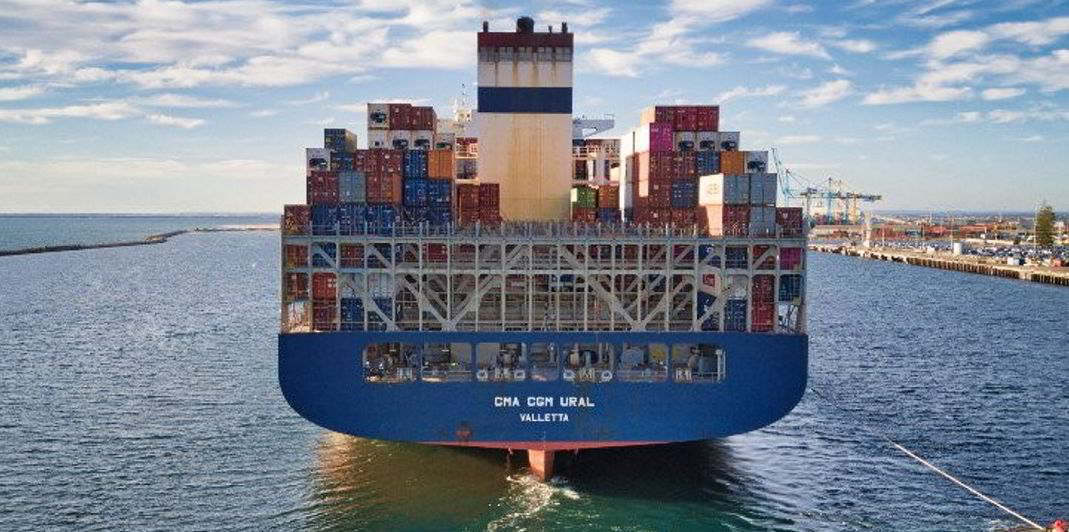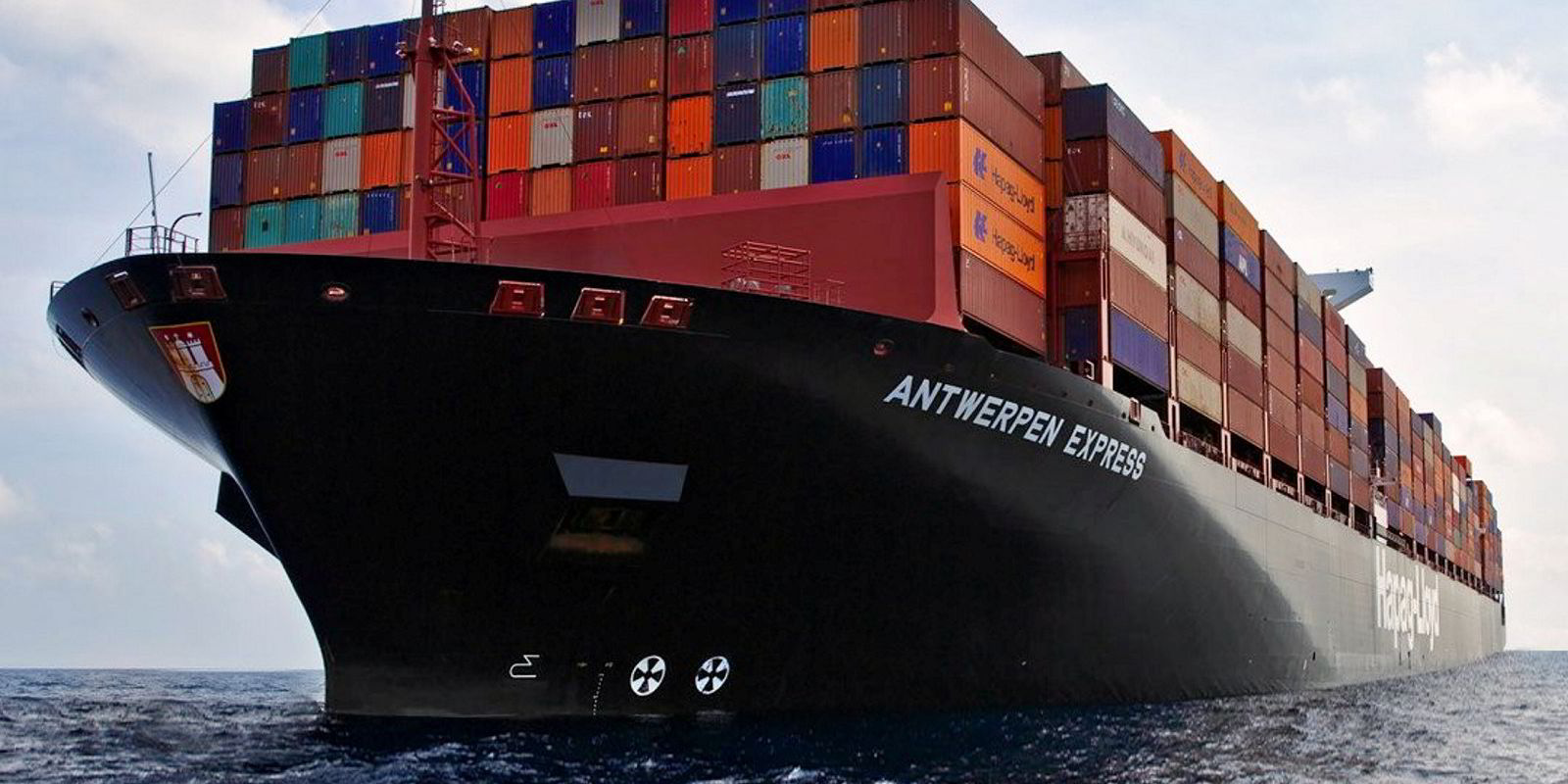Container freight and charter rates have reached a tipping point and are falling, but don't call an end to the container shipping boom yet.
Freight rates in the key transpacific trade fell this week in what some observers see as an early end to the peak season.
Rates between China and both US coasts dropped by more than 6% in the week ending Tuesday and are 22% below the mid-September peak, according to the Freightos Baltic Index.
Similarly, in containership charter markets, sentiment has changed.
Last week registered the first fall in 70 weeks in the Howe Robinson Containership Index, which measures charter rates for vessels up to 8,500 teu.
A fall of 0.4% last week was followed by a more significant 3.5% drop on Wednesday to 4,632, dragged down by drops for charter rates for sub-panamax boxships of 1,700 teu.
The fall reflects a shortage of ships for charter, rather than any lack of demand, say brokers.
But it is significant in that freight and charter markets are connected, probably more so today than ever before.
Shippers able to earn $20,000 per 40-ft equivalent unit (feu) — 10 times the historical average — have been prepared to pay top dollar to charter vessels.
With rates falling in the transpacific, some charterers are having second thoughts, according to brokers.
That could mean an end to the $200,000-per-day charter rates seen for short containership periods.
How long will it last?
While the falls mark a turning point, they may not yet reflect a structural shift in the market.
Freight rates from Asia to the US west coast fell 7% to $16,145 per feu, while the cost of shipping to the US east coast dropped around 6% to $19,451 per feu.
That reflects an easing of demand ahead of the holidays in the US and delays caused by port congestion and supply problems in China.
Some analysts argued that the falls reflect a seasonal shift in the market rather than anything more fundamental.
Shippers are holding off or cancelling additional shipments because of delays, and energy shortages in China are contributing to a dip in demand, according to shippers using the Freightos container shipping marketplace.
With Chinese New Year just 12 weeks away, the chances of a sustained fall in freight rates remain remote.
Freight rates have not fallen between Asia and Europe, where importers are equally exposed to production slowdown in China.
That suggests the drop in the transpacific, with its longer transit times than for Europe, reflects a let-up in the underlying holiday-driven demand in the US.
"If this is the start of a minor lull, it is likely to be short-lived," said Freightos head of research Judah Levine.
"Just as retailers pulled peak-season orders earlier than usual to account for delays, so too the other ocean freight peak around Lunar New Year (which begins February 1st) is likely to start early."
All good things ...

That could fuel additional demand for charter market ships, if they can be had.
"There is no reason to think container rates will drop back to pre-Covid levels, surcharges will disappear, or schedule reliability will improve as supply chain problems worsen," said Patrik Berglund, chief executive of the Xeneta freight rate benchmarking platform.
He highlighted problems including shortages of drivers and equipment, and sees the threat of near-shoring — bringing factories closer to end users — as likely to take years to implement.
But the boom in US container shipping imports is unlikely to last, said Danish analyst Sea-Intelligence (SeaIntel).
It suggested the slowdown in the growth of spending on goods — which has fuelled the container shipping boom — has already started and noted a shift back to spending on services.
SeaIntel expects consumer spending patterns to normalise over time. Rather than a "sudden shock to the container flows", it foresees "a more gradual correction taking place over a couple of years".
Similarly, port congestion will take time to unwind, perhaps until at least the end of 2022, it said.
Nearly 80 containerships are waiting in San Pedro Bay to berth at the ports of Los Angeles and Long Beach.








